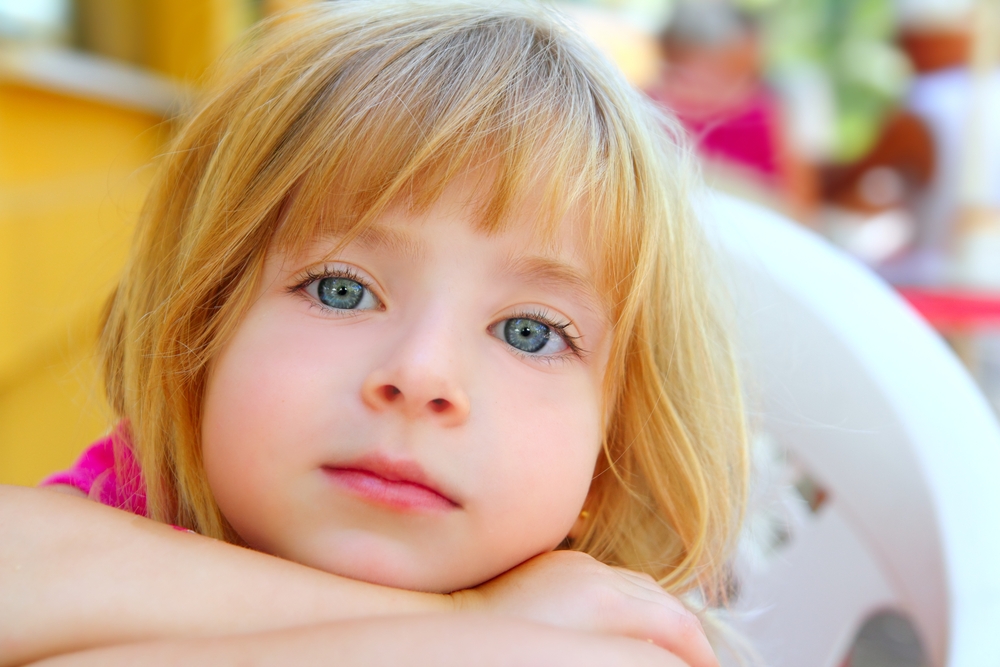
Myopia, also known as short-sightedness, is a very common eye condition that causes objects in the distance to appear blurred and out of focus, while those nearby can be seen clearly. It occurs when there is a problem with the way that light passes through the eyes to the retina, which is responsible for receiving the light and turning it into a signal that our brain interprets as a message. While it can affect people of any age, the prevalence of myopia in children has increased significantly over the last decade, with estimated suggesting that around 1 in 5 children are now diagnosed with this condition. Although it is impossible to pinpoint a single, definitive reason for this, extensive time spent using screens and more time indoors are believed to be contributing factors.
Currently, there isn’t a cure for myopia in children. While adults can choose to undergo laser vision correction surgery, which offers them a permanent correction of their refractive error so that they are less reliant or not reliant at all on prescription eyewear, this solution isn’t suitable for children and the FDA have not approved LASIK or other eye surgery for people under the age of 18. This is because the eyes can continue to grow until this time, and as a result, it is likely that the child’s vision would still continue to change, even after laser vision correction. It is for this reason that for adults to be good candidates for LASIK and similar solutions, they must have a stable prescription.
Fortunately, this doesn’t mean that children are left to deal with myopia. Glasses and contact lenses are still very popular solutions that enable them to see clearly during the day. However, since myopia is a progressive condition and will get worse without treatment, it is important that you work with your eye doctor to find a solution that helps to keep your child’s level of myopia under control.
Myopia control
Although it isn’t possible to permanently correct a child’s myopia while they are still under 18, there are ways to control it and slow its progression. This is important because left to progress, not only will your child’s vision get worse and prescription get higher, but severe myopia also puts them at increased risk of developing some ocular diseases later in life. These include cataracts, glaucoma, retinal detachment, and more.
Myopia control prevents the progression of myopia by slowing down the natural lengthening of the eye that occurs in children and teenagers who are still growing. The principle goal of myopia control is to keep the level experienced by the patient as low as possible.
Classifications of myopia levels are typical as follows:
0.25 to -3.00 D is considered mild
3.00 to -6.00 D is considered moderate
6.00 D is considered high
If your child is diagnosed with myopia, the earlier treatment to control it can begin, the more effective it is likely to be in keeping their myopia level at mild to moderate levels.
Orthokeratology (Ortho-K) or Corneal Refractive Therapy (CRT)
Ortho-K and CRT are two of the names used to describe myopia control treatment. Both involve the use of specialty contact lenses that are worn overnight and gently force the cornea into a more regular shape while your child sleeps. The lenses are very comfortable, and gas permeable which means that they allow sufficient oxygen to reach the eyes, making them safe to be worn overnight. The eyes are also able to retain their new shape for a number of hours, meaning that your child will probably not need to wear glasses or contact lenses during the day either. Ortho-K and CRT treatment are completely reversible, meaning that if your child stops wearing their lenses at night, their eyesight will go back to how it was originally.
Atropine eyedrops
Atropine eye drops are another possible treatment recommendation for children with myopia. This eye drops work by dilating (widening) the pupil of the eye which relaxes the eye’s focusing mechanisms – something which has been shown to help reduce focusing fatigue which is believed to contribute towards the progression of myopia. Atropine eye drops have been found to be particularly successful in children with high myopia prescriptions when used in combination with Ortho-K/CRT.
If you would like to find out more about myopia control in children, please don’t hesitate to speak to our expert eyecare team by calling our office today.





